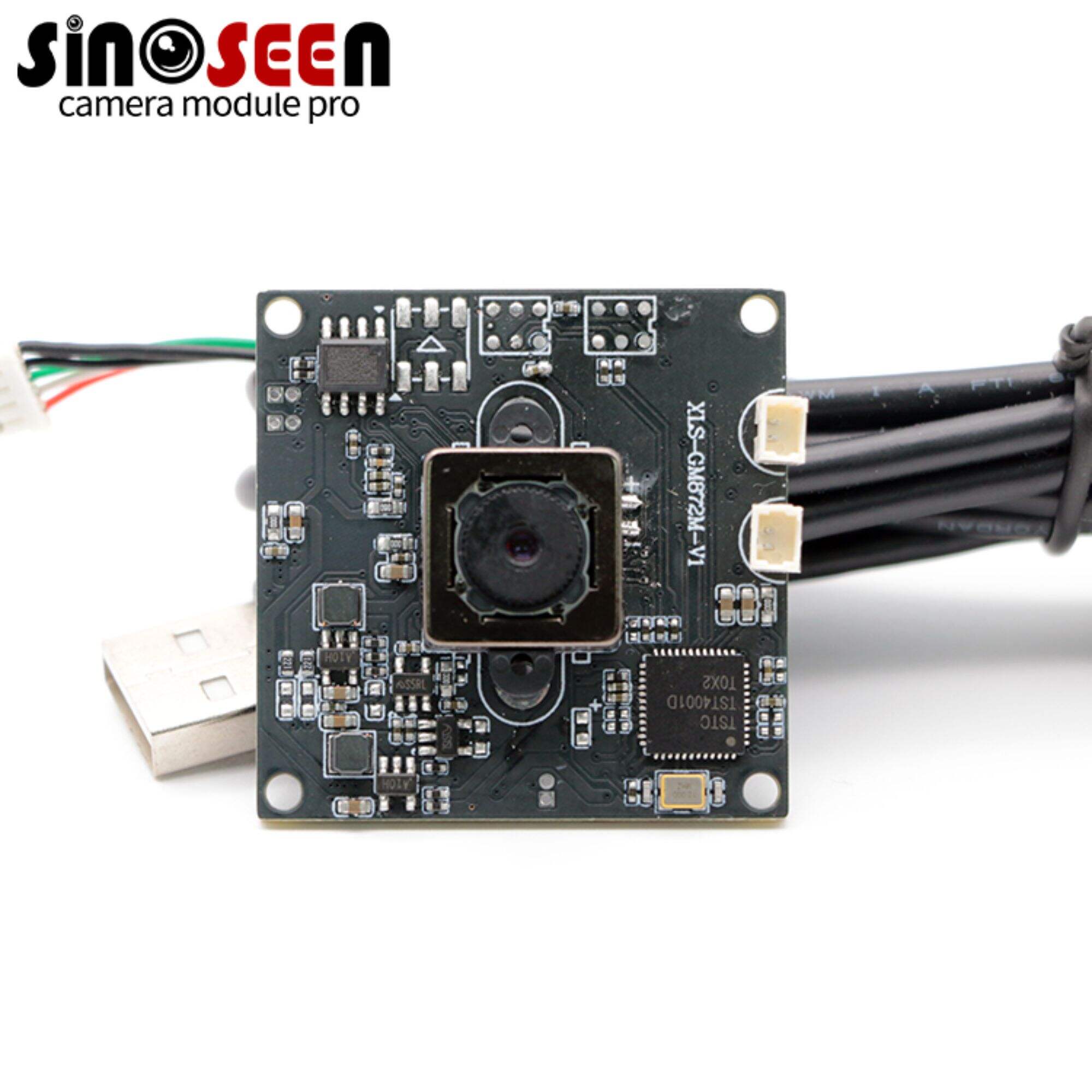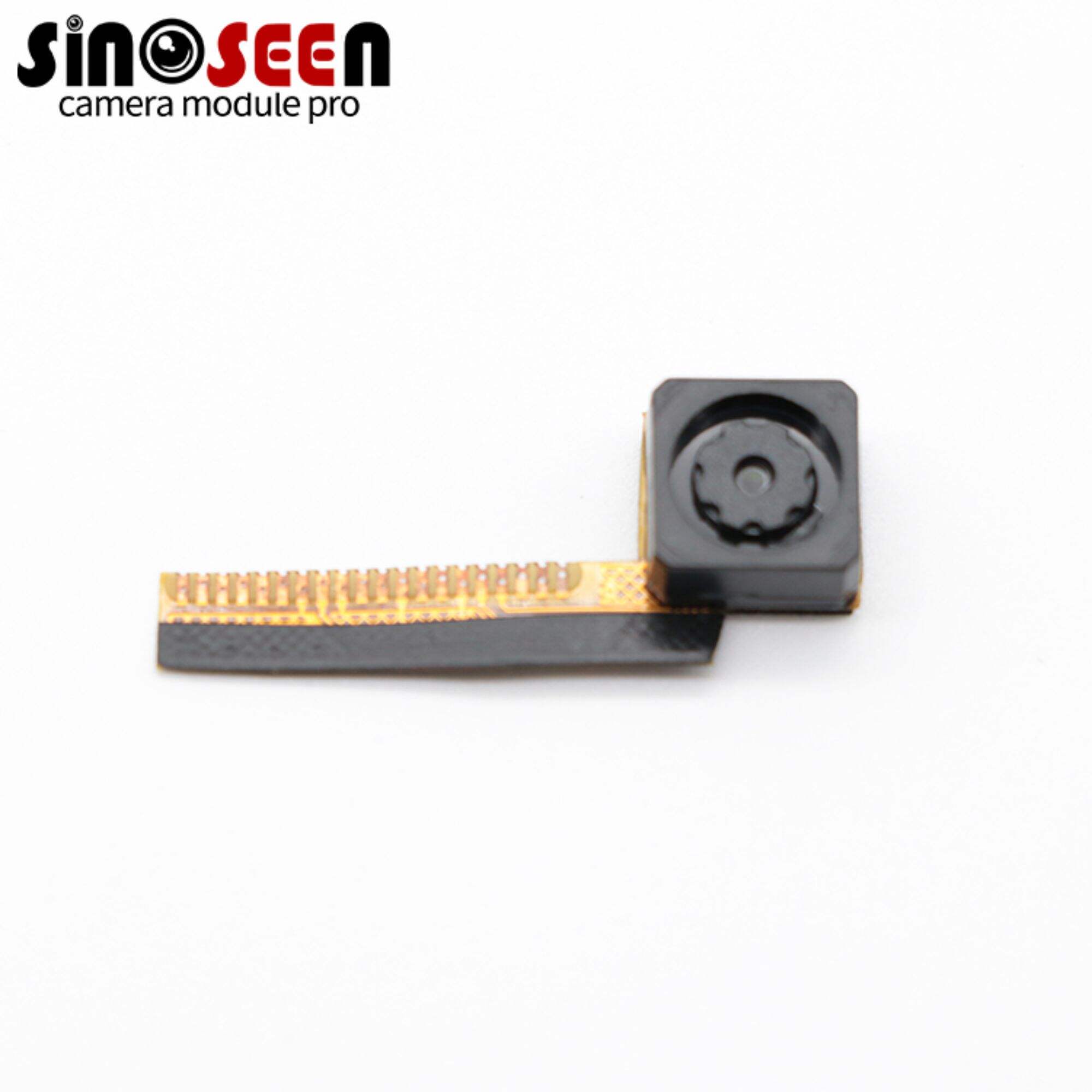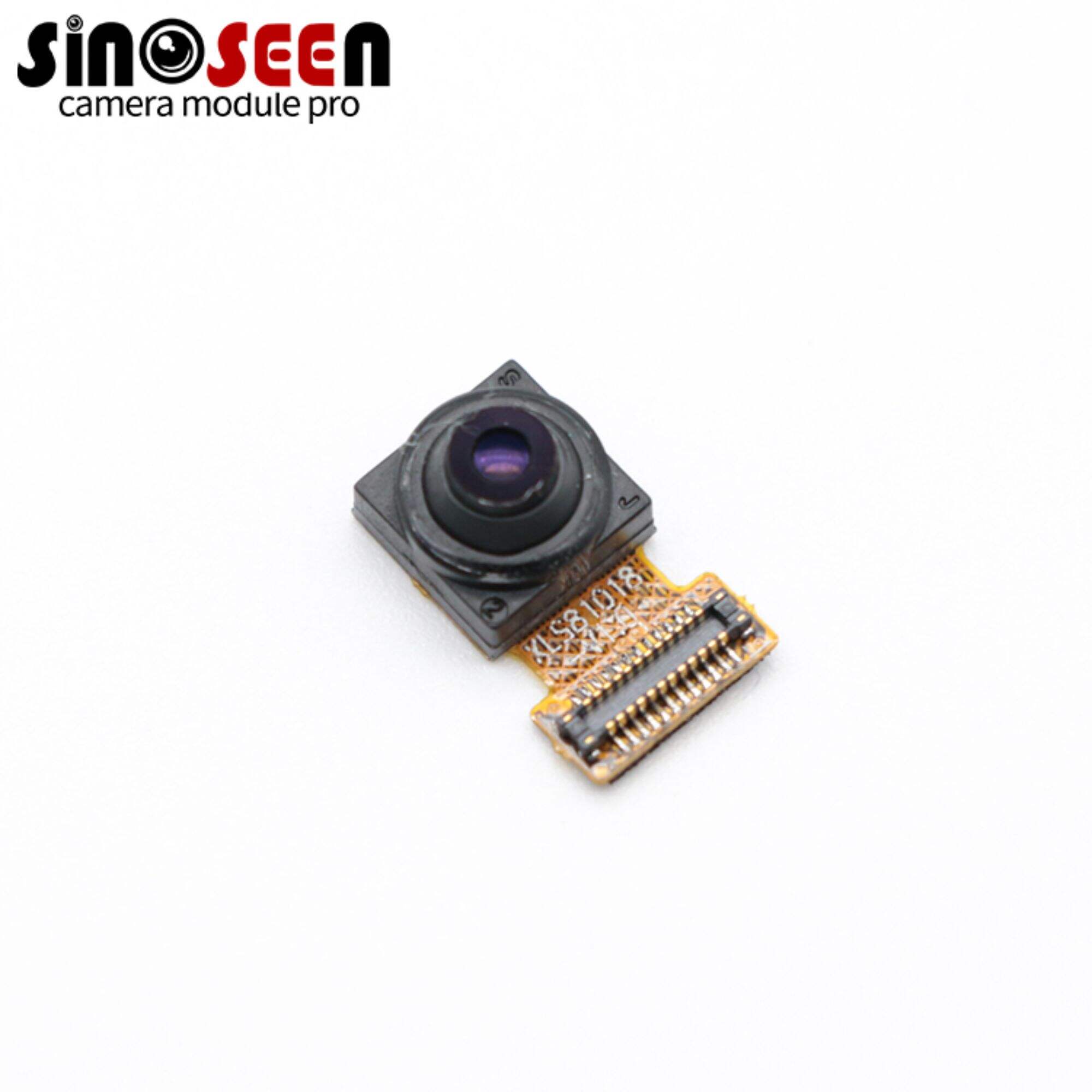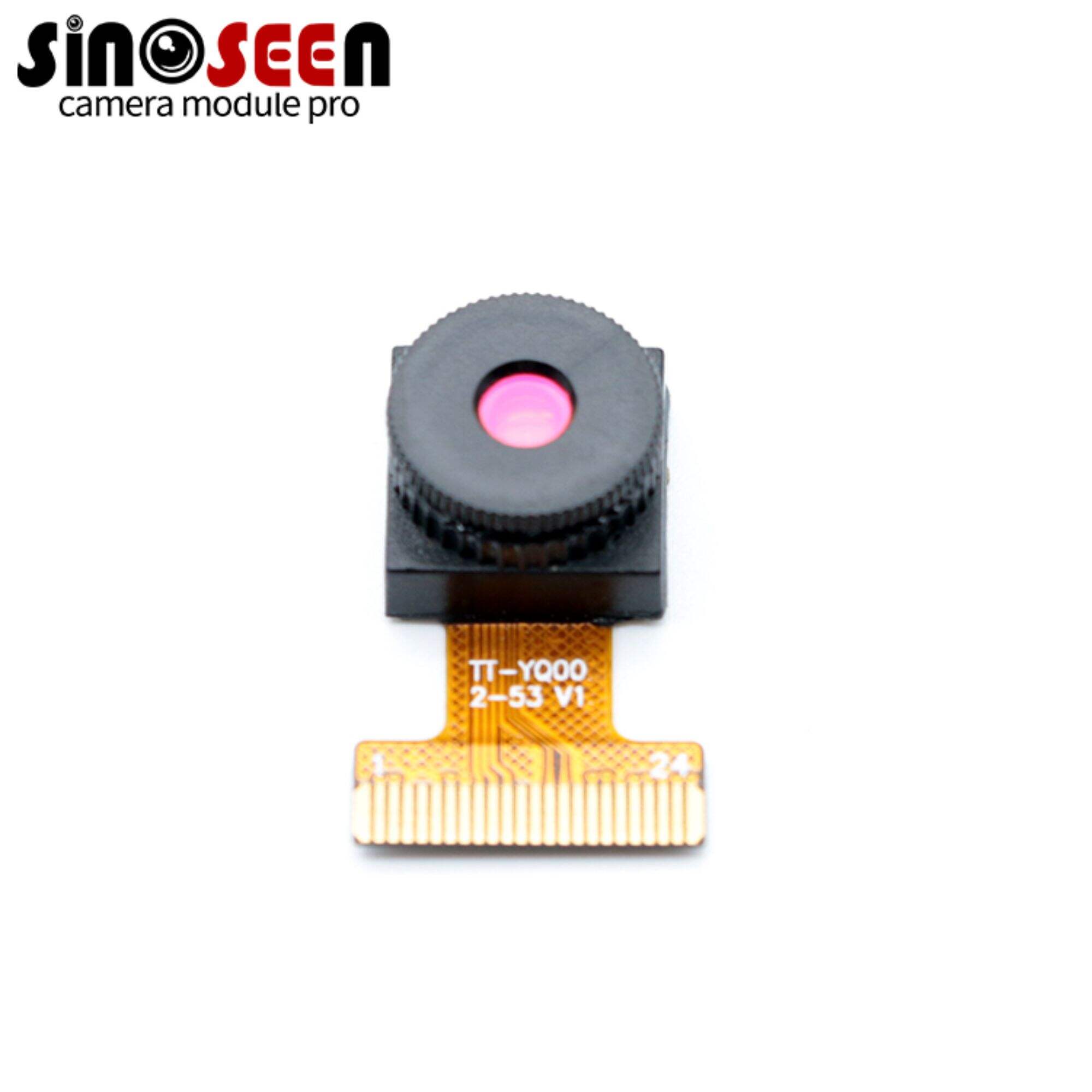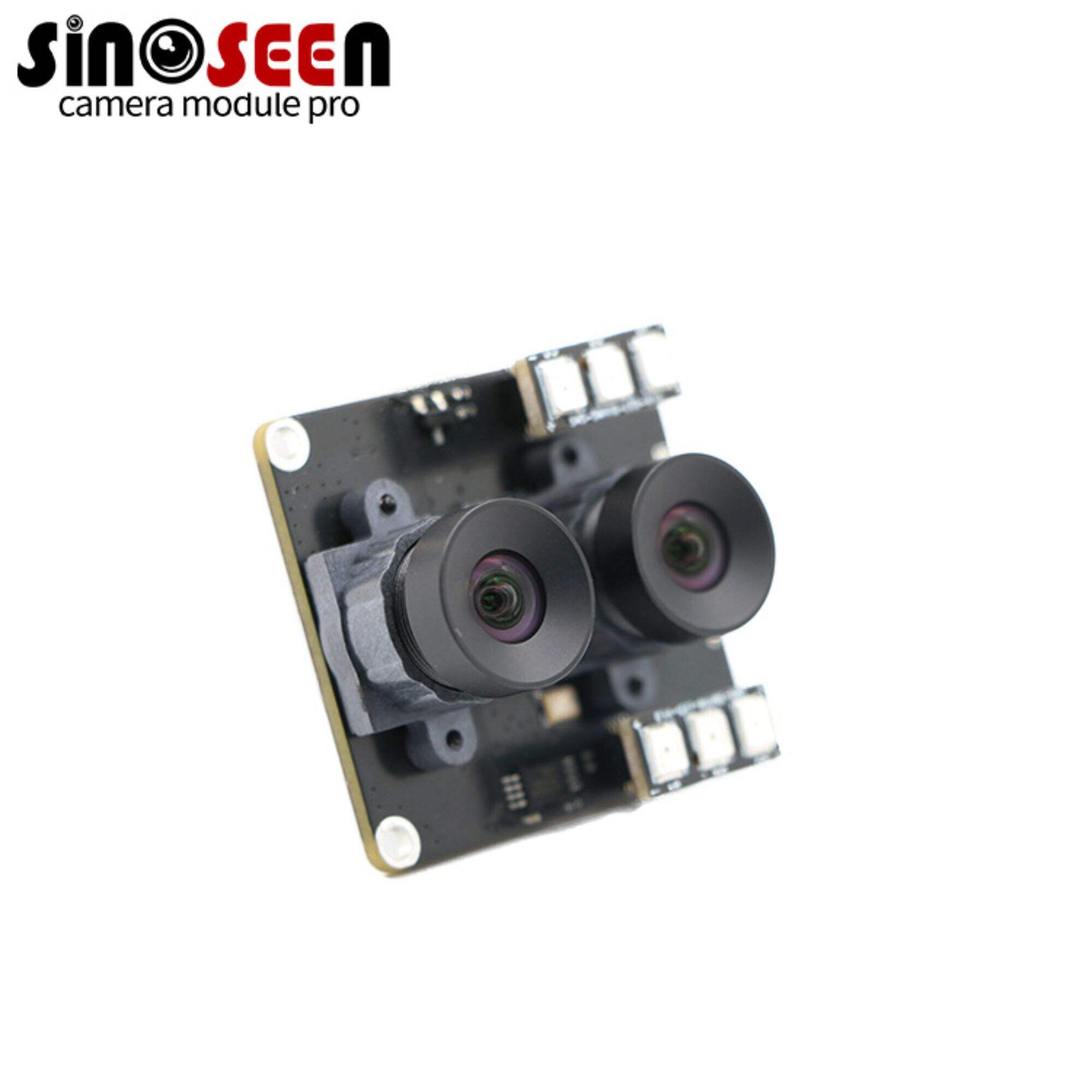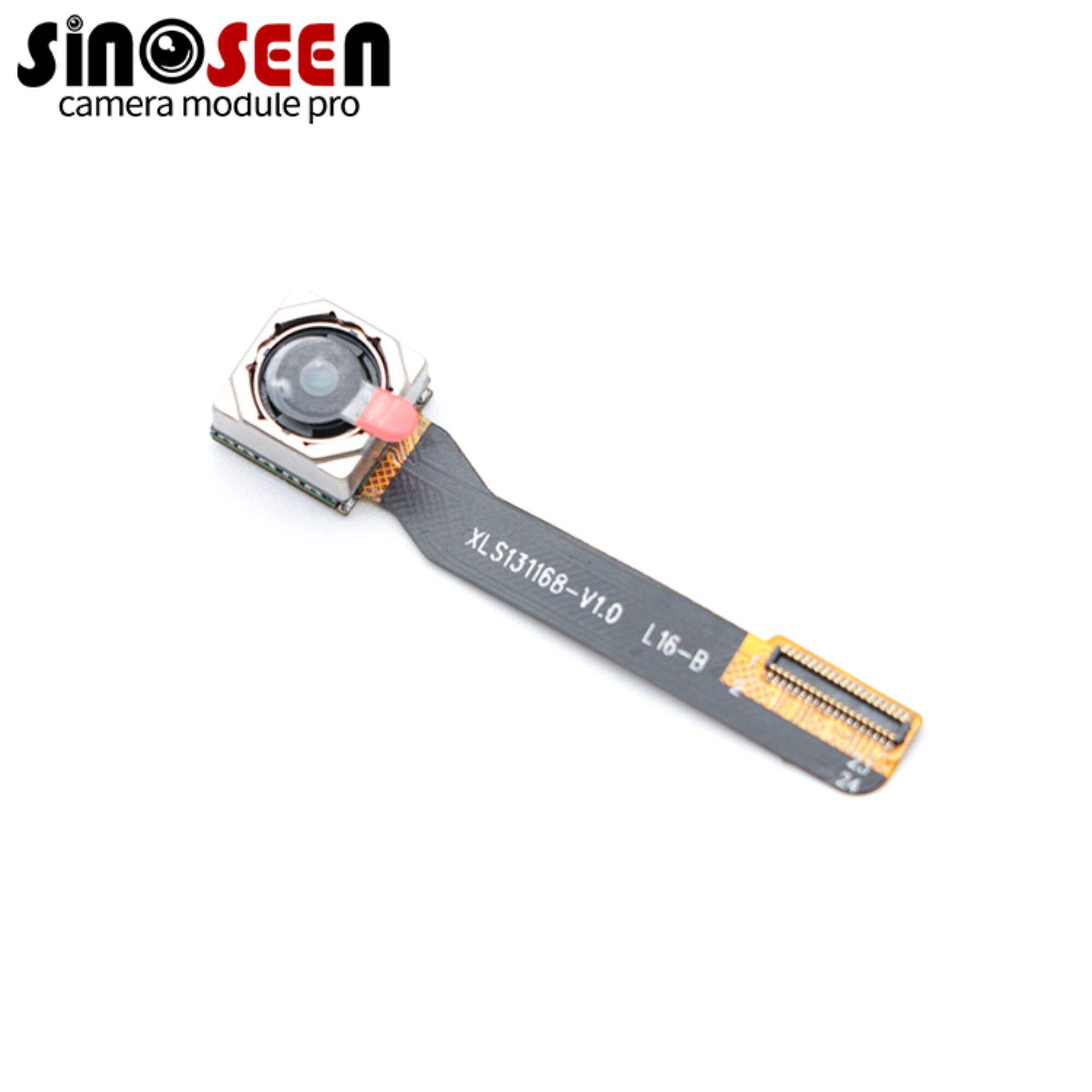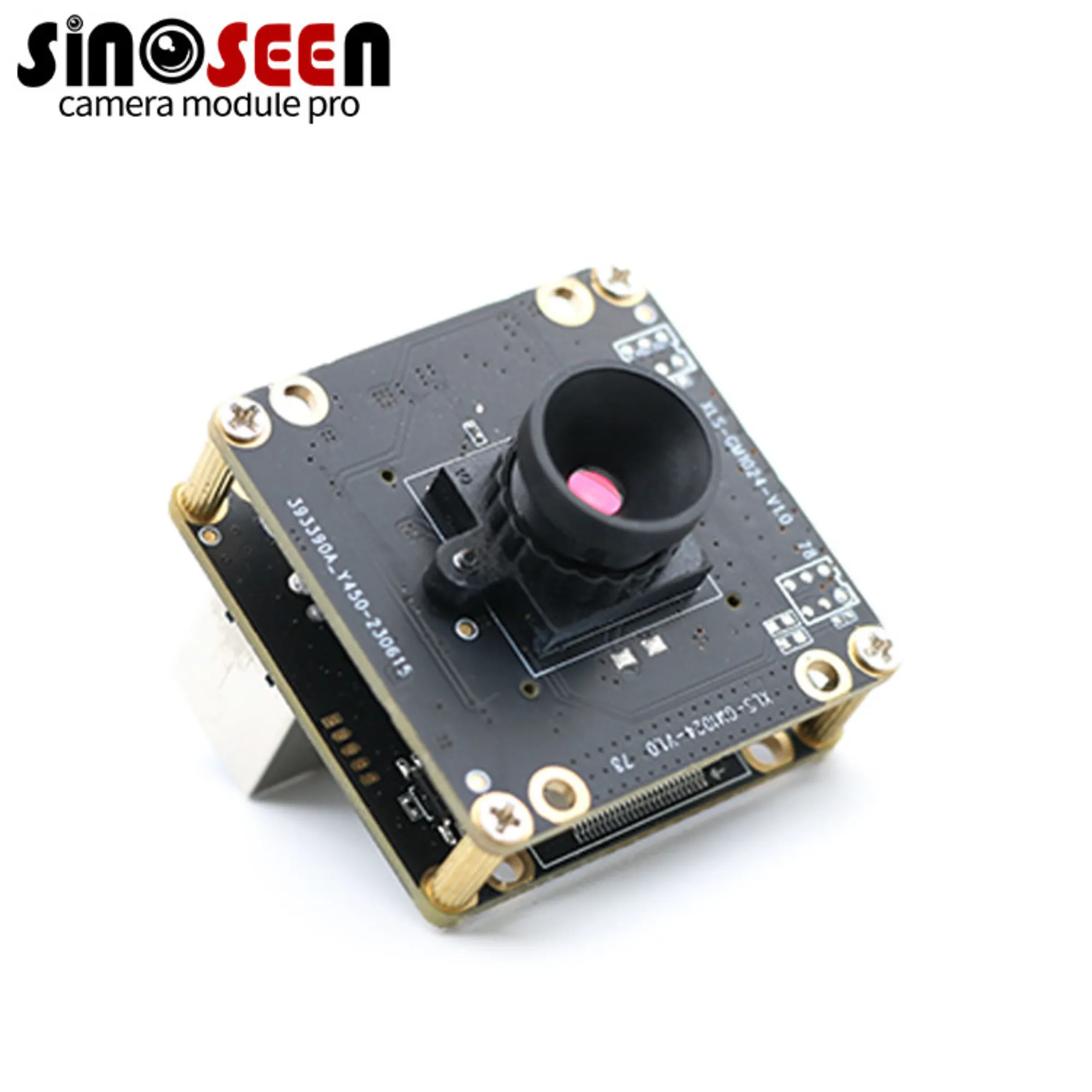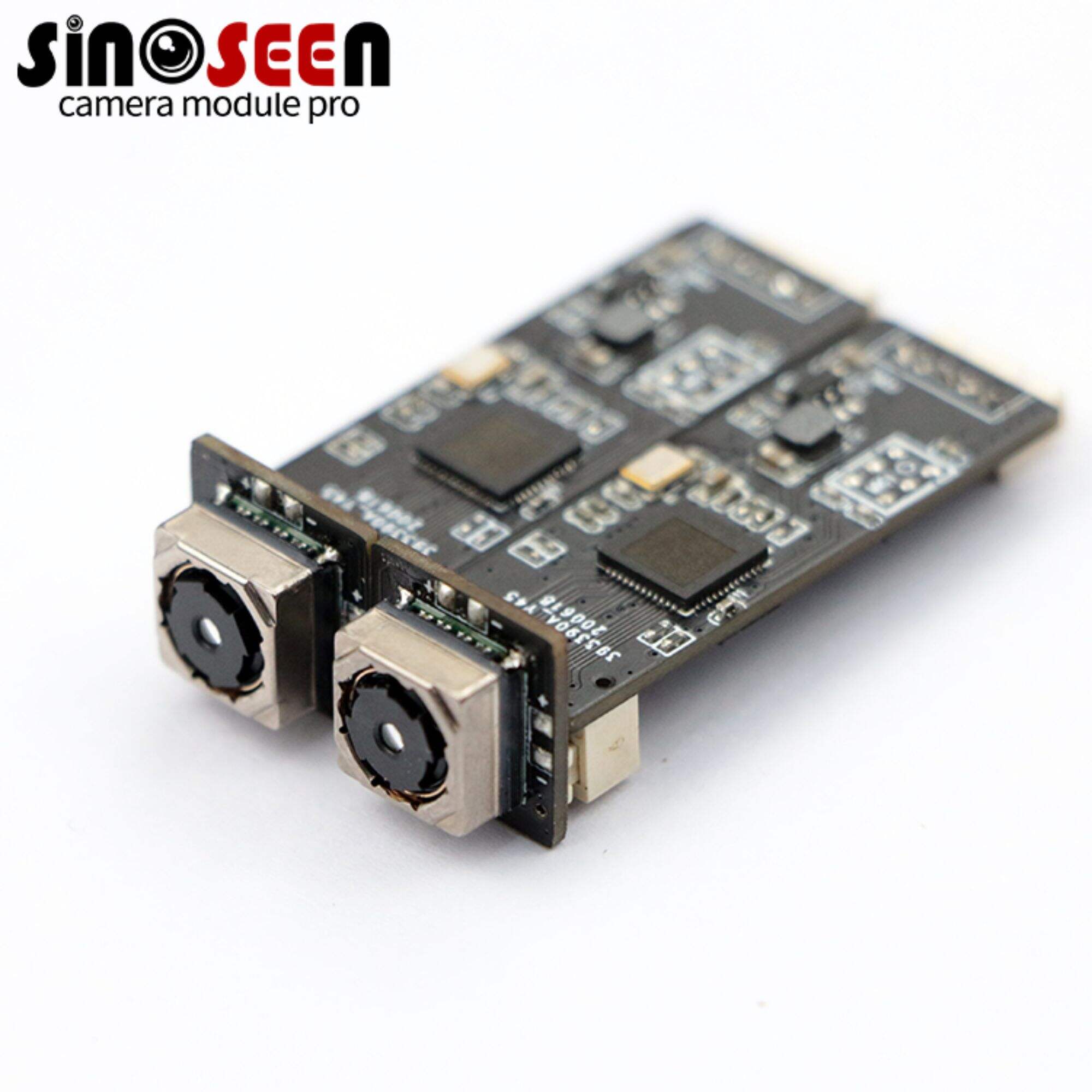Who Invented the Camera? A Journey Through Photographic History for Embedded Vision Engineers
Ever wondered about the true origins of the very device central to your work? As embedded vision engineers, you build upon centuries of amazing innovation. But who invented the camera? It's not a simple answer involving just one person. Instead, it’s a captivating story of persistent discovery and meticulous refinement. This article will trace the rich history behind the ultimate camera inventor, exploring the evolution from basic light boxes to the sophisticated camera modules we rely on today. We'll answer core questions like who invented the first simple camera and what was the first picture ever taken, providing essential context for anyone in the modern imaging industry.
Who Invented the First Simple Camera? The Camera Obscura
To pinpoint who invented the camera and understand its earliest form, we must begin with the camera obscura. This wasn't a camera as we know it now. It was simply a dark room or a box with a tiny hole. Light passing through this small opening projected an inverted image onto an opposite surface. Think of it as the original blueprint, the absolute earliest ancestor of today’s advanced camera module.
Ancient Chinese scholars, like Mozi (around 470-391 BC), described this fascinating phenomenon. Centuries later, in the 10th century, the Arab scholar Ibn al-Haytham (also known as Alhazen) detailed it further, making significant contributions to the field of optics. While these early pioneers didn't figure out how to capture permanent images, their foundational work paved the way for future camera inventors and the very concept of a "pinhole camera."
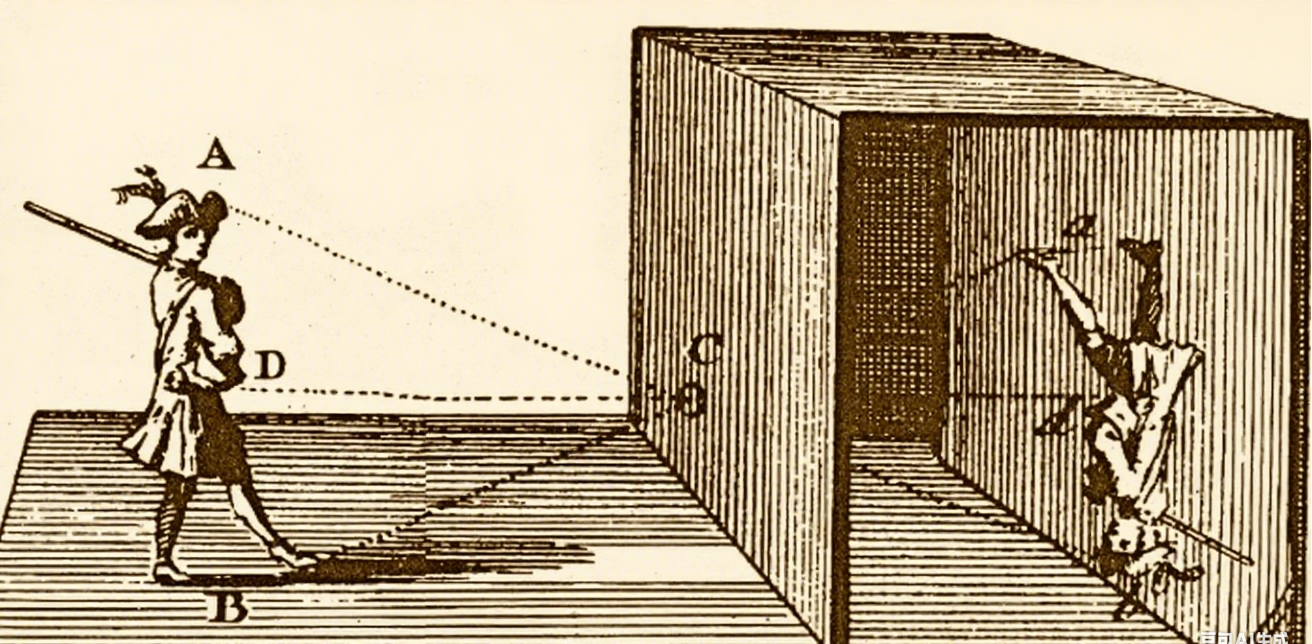
Who Made Cameras? The Dawn of Permanent Images
The real game-changer in understanding who made cameras was figuring out how to make an image last forever. This crucial step wasn't just about optics; it involved a deep dive into chemistry. Many brilliant minds experimented with various light-sensitive materials, all struggling with the big problem of how to keep images from fading away. These dedicated early efforts eventually formed the bedrock for all modern camera technology.
Nicéphore Niépce is widely recognized for making this critical leap. Starting in the early 1800s, he tirelessly experimented with countless substances. His unwavering persistence eventually led to the creation of permanent photography. This pivotal achievement solidifies his place as a truly foundational figure among camera inventors.
The Inventor of Camera: Nicéphore Niépce's Breakthrough
So, when we talk about the inventor of camera in terms of actual permanent photography, Nicéphore Niépce genuinely stands out. In either 1826 or 1827, he successfully captured the world's first permanent photograph directly from nature. He achieved this using a process he cleverly named "heliography," which means "sun drawing."
The exposure time for this groundbreaking image was incredibly long—potentially even several days! The picture was captured on a pewter plate, which he had coated with a light-sensitive substance called bitumen of Judea. This monumental historical achievement truly marked the birth of photography, proving once and for all that light could indeed "draw" and fix an image onto a surface. It was a moment that profoundly influenced every single camera module developed in the centuries that followed.
What Was the First Picture Ever Taken? A View from a Window
Let's get specific about what was the first picture ever taken. Nicéphore Niépce's landmark image, captured around 1826 or 1827, is famously known as "View from the Window at Le Gras." It literally shows the view from a window at his estate in Saint-Loup-de-Varennes, France.

This incredibly faint, rather hazy image is now carefully preserved at the Harry Ransom Center at the University of Texas at Austin. It represents an absolutely monumental step for humanity. It proved we could capture and visually preserve moments in time. This historical feat directly influenced the development of every camera module and photographic device created since.
The Camera Inventor: Daguerreotypes and Further Innovations
Niépce later teamed up with Louis Daguerre. After Niépce's passing, Daguerre continued their shared research. This eventually led to the invention of the daguerreotype process in 1839. This method produced wonderfully sharp, highly detailed images on polished, silver-plated copper sheets. Crucially, it significantly cut down on exposure times. This made photography much more practical and accessible.
The widespread success of the daguerreotype quickly popularized photography across the globe. This invention ignited an explosion of even more photographic discoveries and new techniques. It vastly broadened the scope of what a camera could actually accomplish. This period was truly vital for developing many of the fundamental elements that underpin modern camera technology.
Evolution Beyond the Early Camera: From Darkroom to Digital
The journey from the very first camera obscura to today's unbelievably sophisticated camera module is nothing short of immense. Key milestones along the way include Fox Talbot's pioneering positive/negative process, the invention of dry plates, and then flexible roll film by George Eastman (of Kodak fame). Eventually, this path led us to the digital imaging revolution. Each successive step made cameras smaller, faster, and dramatically improved image quality.
For embedded vision engineers, understanding this rich lineage is absolutely vital. Today's compact, high-performance camera modules leverage centuries of combined optical, chemical, and now digital innovation. They integrate incredibly sophisticated sensors and powerful processors—capabilities far beyond what those early camera inventors could ever have dreamed of achieving.
From Historical Camera to Modern Camera Module Challenges
The main "pain point" for early camera inventors was simply figuring out how to capture any lasting image. Today, embedded vision engineers face a whole new set of intricate challenges. We need extreme speed, incredible miniaturization, minimal power consumption, and highly specialized capabilities. Just think about the demands on camera modules in autonomous vehicles, or the tiny cameras used in medical endoscopes.
Our modern "sell point" is delivering precise, ultra-reliable visual data in demanding applications. We constantly strive to overcome the limitations of traditional sensors. We are always pushing the very boundaries of camera technology, building directly on the incredible legacy of those who first dared to ask who made cameras.
Conclusion: A Legacy of Innovation in Every Camera Module
The question who invented the camera genuinely doesn't have one single, simple answer. Instead, it's a testament to many brilliant minds collaborating and contributing over centuries. From ancient philosophers observing light to pioneering figures like Niépce, Daguerre, and countless others. Their collective efforts fundamentally transformed the simple observation of light into the powerful and pervasive field of photography, and, by extension, modern embedded vision.
Every single camera module you design, analyze, or work with today stands squarely on the shoulders of these remarkable pioneers. Understanding this rich, evolving history provides a much deeper appreciation for the advanced camera technology we rely on daily. It serves as a powerful reminder that innovation is not a destination, but a continuous, inspiring journey.
Ready to explore how the latest advancements in camera module technology can enhance your embedded vision projects? Connect with our industry experts today for tailored insights and cutting-edge solutions.

 EN
EN
 AR
AR
 DA
DA
 NL
NL
 FI
FI
 FR
FR
 DE
DE
 EL
EL
 HI
HI
 IT
IT
 JA
JA
 KO
KO
 NO
NO
 PL
PL
 PT
PT
 RO
RO
 RU
RU
 ES
ES
 SV
SV
 TL
TL
 IW
IW
 ID
ID
 SR
SR
 VI
VI
 HU
HU
 TH
TH
 TR
TR
 FA
FA
 MS
MS
 IS
IS
 AZ
AZ
 UR
UR
 BN
BN
 HA
HA
 LO
LO
 MR
MR
 MN
MN
 PA
PA
 MY
MY
 SD
SD

